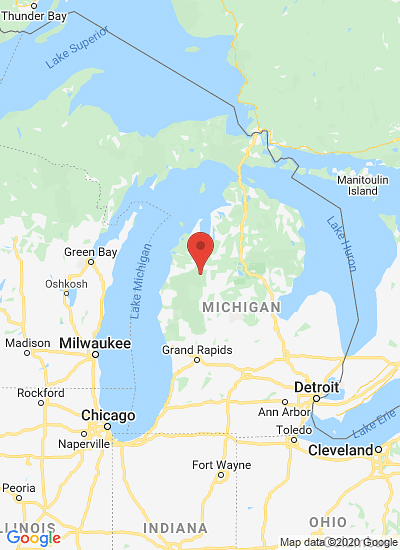Late Blight
MSU Plant Pathologist Willie Kirk: monitor potatoes in storage for late blight

The impact of late blight to potato growers in Michigan is clear and we estimate that many growers with crops going in to long-term storage will spend up to $350/A in crop protection products alone (not including application costs). Even such intense crop protection efforts do not guarantee late blight-free storage as spores can still deposit in fields after vines have been desiccated.
The genotype of Phytophthora infestans has now been typed as US-14;this is not new to Michigan but has only been isolated from potato crops on a few occasions since 1995. US-14 is a potent pathogen on potato tubers. Sporangia can move passively in soil water to the tubers and infect through immature tuber skin and swollen lenticels.
Potato growers intending to store crops in 2009 will be well advised to apply storage protectants at bin loading. Products known to be effective include Phostrol 53.6 SC (1.28 fl oz/cwt tubers) and Oxidate 27SC (0.125 fl oz/cwt tubers) in 0.2-pint water/cwt (4 pt/ton) applied as tubers are loaded into bins.
Like foliar crops, potato storages need to be “scouted” regularly paying special attention to depressions in the surface of piles and odors such as ammoniac-odors.
Bins should be loaded when tubers have pulp temperatures of about 60 – 70oF and avoid large fluctuations in tuber pulp temperature when bins are loaded over a period that spans evenings and mornings as tuber temperatures can differ by as much as 20oF between night and morning. These temperature discrepancies result in condensation of water between layers that are conducive for rot development.





